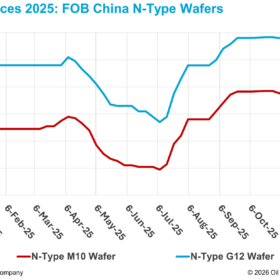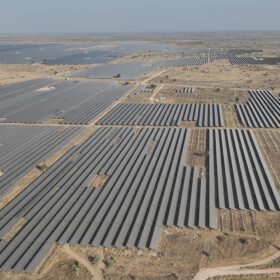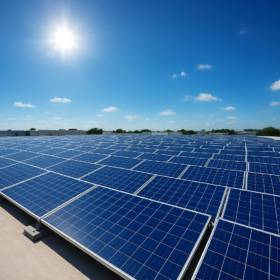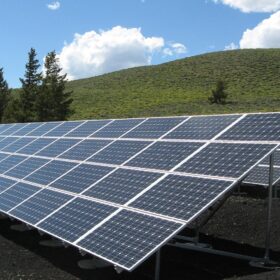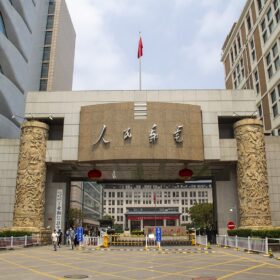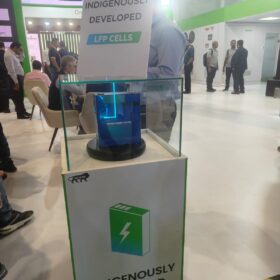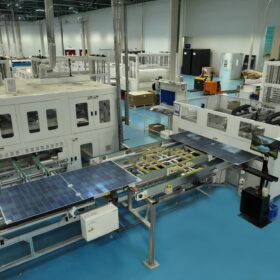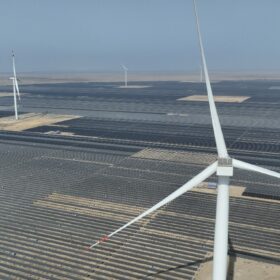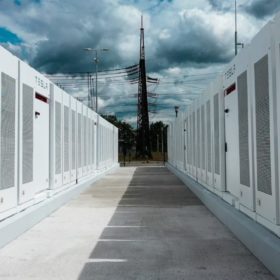N-type wafer prices rise over 10% as silver-driven cell costs increase
In a new weekly update for pv magazine, OPIS, a Dow Jones company, provides a quick look at the main price trends in the global PV industry.
India’s solar capacity additions on track: SBICAPS
India is estimated to have added a record 40 GW of solar capacity in CY 2025, supported by strong utility-scale execution and a surge in rooftop installations. Energy storage tendering also picked up pace.
The role of domestic manufacturing in India’s power security
India’s power landscape is undergoing a structural inflection point where domestic manufacturing has shifted from a supporting function to a central pillar of national energy security.
India’s smart metering boom: How decentralized IoT is reinventing the power grid
The Indian power system is evolving faster than most global peers. Electricity demand is rising. Rooftop solar, electric mobility, and distributed generation are accelerating. The grid, once designed for predictable one-direction flows, is becoming a dynamic, decentralised organism. To manage it, India requires data that is just as distributed as the energy sources feeding the system. This is where decentralised RF mesh networks have begun to play an important role.
Google acquires Intersect Power for nearly $5 billion
Google is set to acquire solar and storage developer Intersect Power, arming itself with the tools to bypass grid bottlenecks and build the projects that will power its AI data centers.
Inox Clean Energy raises INR 3,100 crore to expand renewable energy and solar manufacturing capacity
Inox Clean Energy Ltd has raised around INR 3,100 crore through an equity round involving the company and its subsidiary, Inox Solar Ltd. The company said the equity infusion will support its plans to achieve 10 GW of installed IPP capacity and 11 GW of integrated solar module manufacturing capacity by FY28.
China strengthens intellectual property protection in solar industry
Chinese authorities are planning to implement a series of policy measures to introduce stronger intellectual property protection to the country’s photovoltaic sector. Chinese enterprises are being encouraged to accelerate technological advancements and reserve basic patents for developing technologies.
Waaree Energy Storage Solutions raises INR 1,003 crore for 20 GWh lithium-ion cell and battery pack manufacturing facility
Waaree Energy Storage Solutions has raised INR 1,003 crore to support the development of a 20 GWh lithium-ion cell and battery pack manufacturing facility.
India introduces ‘Battery Aadhaar’ system to track EV batteries across lifecycle
India’s Ministry of Road Transport and Highways (MoRTH) has released draft guidelines for the implementation of a Battery Pack Aadhaar system—an indigenous digital identification and data storage mechanism designed to ensure end-to-end lifecycle traceability of batteries, particularly those used in electric vehicles (EVs).
Avaada Electro credit ratings reaffirmed by ICRA
ICRA has reaffirmed its credit ratings for Avaada Electro Ltd (AEL) and assigned ratings for enhanced borrowing limits, factoring in the company’s rapid scale-up in solar manufacturing and continued support from its parent, Avaada Ventures.
